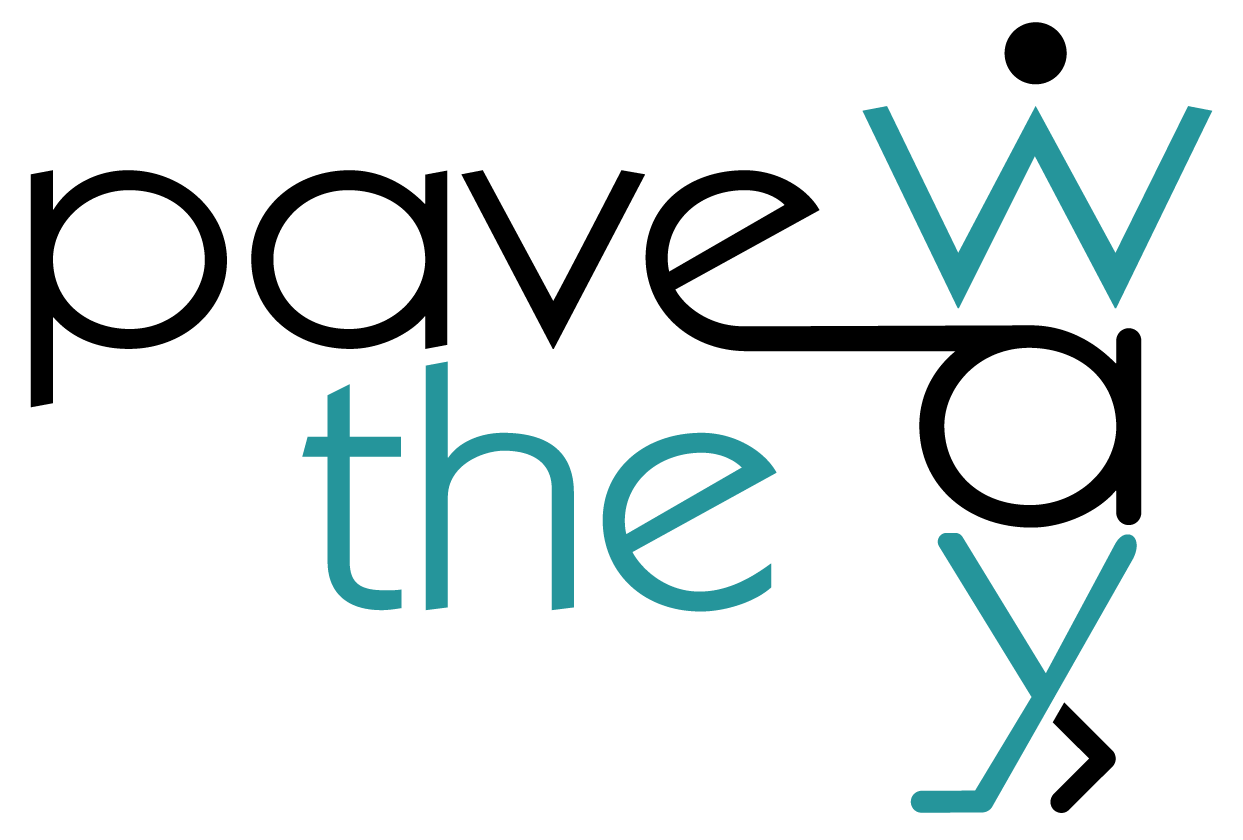For many professionals, January is not the only time for a new start. September often feels like a stronger reset point: summer ends, organisations regain momentum, and work resumes with projects and deadlines back on track. Behavioural science shows that these seasonal shifts can spark motivation for change. Researchers call this the fresh start effect – the idea that key dates like birthdays, holidays or the start of a season create renewed energy and focus (Dai, Milkman & Riis, 2014).
But here is the challenge: most September advice such as “set goals,” “start afresh” and “get organised” is too vague to be useful. What really helps professionals thrive is applying proven strategies that connect ambition with daily execution.
Here are five practical, research-backed techniques to make your September reset count:
1. Work in 90-Day Cycles
Annual goals often feel distant and easy to postpone. A more effective rhythm is a 90-day goal-setting cycle, as suggested in “The 12 Week Year” (Moran & Lennington, 2013).
Treat September to December as a complete season with its own goals, milestones and check-ins.
Why 90 days? It is long enough to make real progress, but short enough to maintain a sense of urgency.
Ask yourself: What three outcomes would create the biggest impact in the next 90 days?
2. Use “If…Then…” Plans
Most goals fail at the point of action. A proven fix is “implementation intentions” – a concept introduced by psychologist Peter Gollwitzer (1999). Implementation intentions are about planning your actions in advance in a very specific way so that your goals are much more likely to be realised.
They are specific plans that link a situational cue with a goal-directed behaviour. They take the form of an “if….then…” statement: If [situation X] occurs, then I will perform [behaviour Y].
The purpose is to bridge the gap between intention (wanting to achieve a goal) and action (actually doing it). Simply having a goal is not always enough; people often fail to act because they have not decided when, where and how they will do it. Implementation intentions automate action in response to specific cues.
For example, if the goal is “To exercise more.” The implementation intention is “If it is 7 a.m. on Monday, Wednesday, or Friday, then I will go for a 30-minute run.”
Implementation intentions work because they pre-decide your response to a situation, reducing the mental effort required in the moment. Instead of debating what to do next, the “if” triggers the “then” automatically. This makes it easier to follow through on intentions, especially when you are busy or tired. Over time, these plans create reliable habits and help professionals move from vague aspirations to consistent action.
This method reduces decision fatigue and makes good habits automatic. Professionals who use “if…then…” planning consistently achieve more than those relying on willpower alone.
3. Manage Your Energy, Not Just Your Time
Managing your calendar is important, but managing your energy is even more so. As Schwartz and Loehr argue in “The Power of Full Engagement” (2003), peak performance is not about working longer hours, it is about matching your most important work with your highest-energy moments and building in time to recharge.
Try a quick energy audit this September:
- Which tasks energise you and which drain you?
- How can you schedule your highest-value work during peak energy hours?
- What simple rituals – exercise, breaks, reflection – help you recover?
Those who manage energy as well as time sustain higher performance under pressure.
4. Reframe Setbacks as Feedback
Big goals will always hit obstacles. What will make the difference to your progress is the mindset you adopt, i.e., how you respond and move forward. Carol Dweck’s research on “The Growth Mindset” (2006) shows that seeing setbacks as learning opportunities builds persistence and adaptability.
Instead of asking “Why did this fail?” ask yourself “What can I learn from this?”. This mindset shift helps professionals stay on track even when September goals are disrupted.
5. Use Coaching as an Accountability Framework
You can apply these strategies on your own but lasting change usually requires accountability. This is where coaching makes the difference. Coaching is not about pep talks; it is about turning aspirations into concrete habits, goals into results and reflection into growth. It provides the external structure and accountability that research shows are key to sustaining change.
A Simple Challenge for September
To turn this “fresh start effect” and sense of a new beginning into real momentum, try this three-step reset:
- Write down three outcomes you want to achieve by December (What will your 90-day focus be this September?)
- For each outcome, design a clear “if…then…” plan (Which simple action could generate the greatest positive shift for you?)
- Share your goals with someone who will hold you accountable (Who will you ask to hold you accountable?)
These small, deliberate commitments can turn September into the most productive time of your year.
At Pave the Way, we help leaders and organisations move from good intentions to measurable impact through executive coaching. By combining focused goal setting, accountability and reflective practice, we enable clients to gain clarity, raise performance and create lasting results.
References
- Dai, H., Milkman, K.L., & Riis, J. (2014). The Fresh Start Effect. Management Science.
- Gollwitzer, P. (1999). Implementation Intentions: Strong Effects of Simple Plans. American Psychologist.
- Moran, B. & Lennington, M. (2013). The 12 Week Year. Wiley.
- Schwartz, T. & Loehr, J. (2003). The Power of Full Engagement. Free Press.
- Dweck, C. (2006). Mindset: The New Psychology of Success. Random House.







